2017 Field Camp
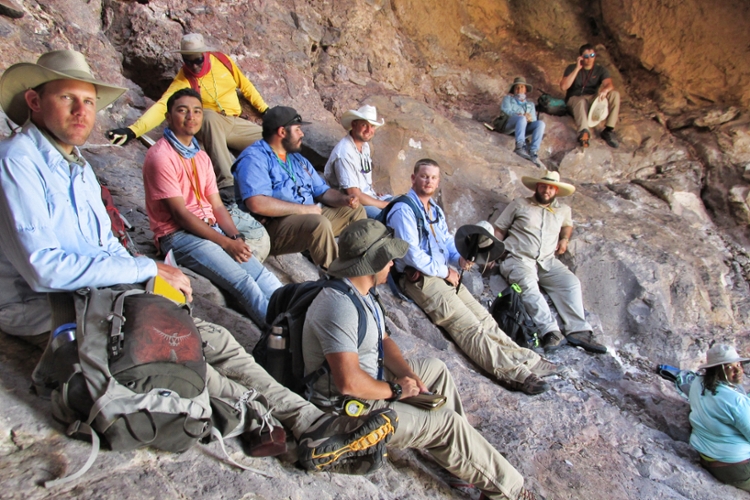
The Geosciences Program at Texas A&M University-Kingsville advertised our 5th consecutive summer field camp entitled Texas A&M University-Kingsville Geology Field Camp to Big Bend National Park, Christmas Mountains, and Central Texas to Universities in Texas that offer a Baccalaureate Degree in Geology. We received a good response from interested students with more than 20 applications from internal and external Universities and had 16 students that were accepted and reserved a spot and 14 students were able to attend. The accepted students are required to pass five core classes (core classes: mineralogy, petrology, structural geology, field techniques, and sedimentology and stratigraphy), provide letters of support from faculty, and provide a written essay on why they chose our field camp. Tomisin Alagbe, Felipe Alarcon-Cantu, Austin Alford, Noelia Arredondo, Aaron Barron, Kathleen Diaz, Adolfo Enciso, Michael Garcia, Audrey Lucio, David Luna (UTSA), Ryan Phillips (UTSA), Morgan Pope, Dakota Stinson, and Brian Wilkinson joined us as 2017 participants in our Big Bend Summer Field Camp.
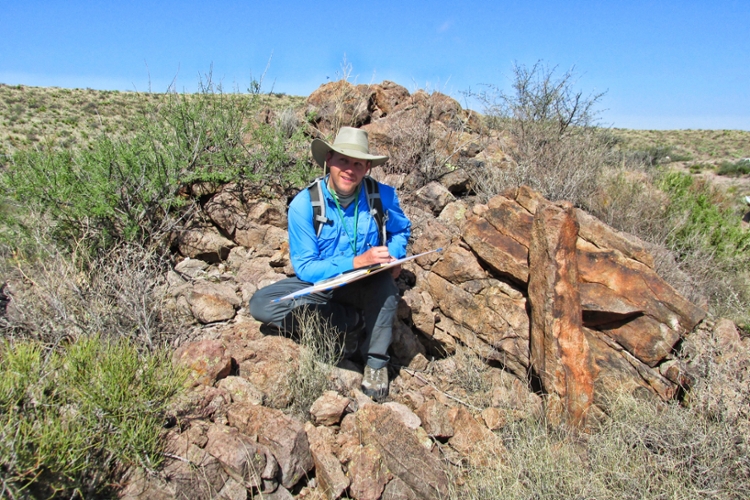
To prepare for field work, students review literature and produce a geologic timeline and historical geology introduction from these readings. These are submitted to the faculty for review and edit before May 15th. They arrived at TAMUK on May 15th to attend safety training classes, learn about the requirements of each project, and receive comments on their introduction so they could make corrections. The camp involving the geologic studies in and around the Big Bend National Park and the Christmas Mountains uses the Terlingua Ranch Lodge in the Christmas Mountains as a base for all activities. We started our trip to Big Bend on May 17th with our staff (including Dr. Mark Ford, Dr. Thomas McGehee, Richard Parker and Matt Dabney – class of 2015) and 14 students. On the way to the Big Bend region, students examine outcrops near Freer, Comstock, and Marathon and completed projects in each of these areas. Six days of the camp is devoted to studying classic outcrops that reveal the dynamics of tectonics, sedimentation, volcanism, and structural deformation within the boundaries of the park.
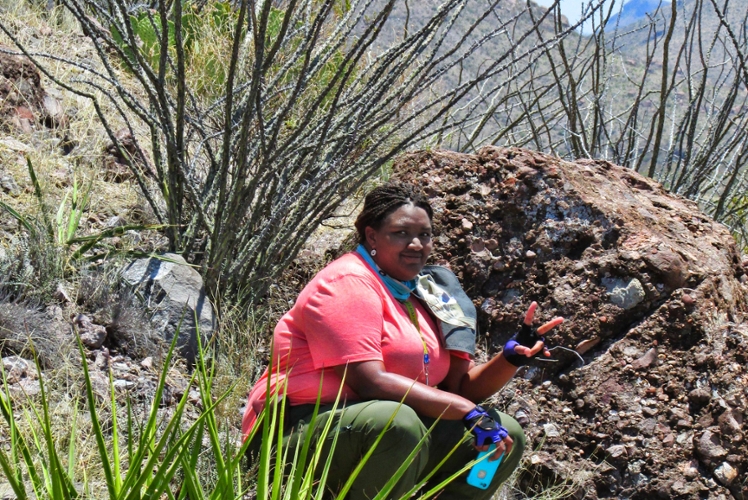
On May 24th, we provide one half-day for students to study the Mariposa Mercury Mine and in the afternoon they attend the Christmas Mountains Symposium. For the next two days, our students individually map an area of the Christmas Mountains to demonstrate their abilities as field geologists. After arriving back in Kingsville we provide a workroom and four days for students to prepare their reports which faculty then edit. After receiving their edited reports, students are given several days to complete a final, edited report. The student preparation for their second field camp follows an identical format. The preparation of their report introduction and submission for review is given the same amount of time as we gave in the previous camp.
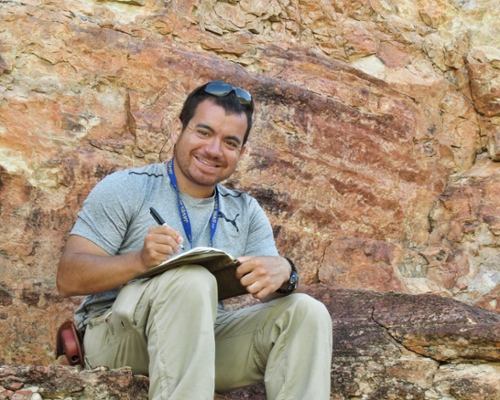
The same 14 students participated in this central Texas Field Camp. The camp involving the hydrogeology studies of Central Texas uses the John S. Buckley Field Station as our base for all activities. We arrived at the John S. Buckley Field Station June 10th. The first project is to produce a profile and measured section of the Cretaceous geology on the John S. Buckley Field Station and be able to determine the water-bearing characteristics of the rock types. On the second day our students produce a profile of the measured section along Fitzhugh Road and determined the water-bearing characteristics of those rock types. This set of projects is used to see if students can pick out the lateral lithologic variations in the Trinity Group.
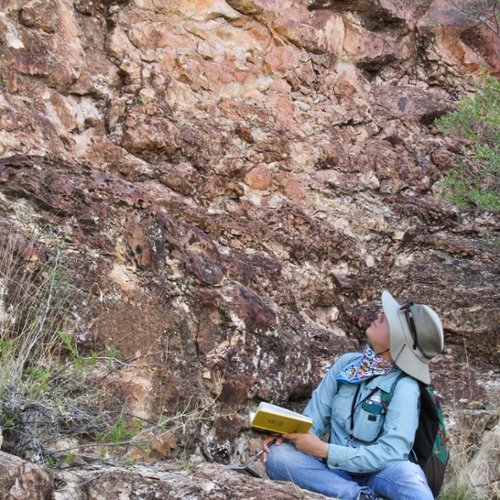
The next project is at Enchanted Rock to see if there is aquifer potential in the Precambrian igneous and metamorphic rocks in the Hill Country. This is a major project that requires knowledge in petrology and structural geology. We are fortunate to have Ron Fieseler along on part of our camp. He provides educational support and additional hydrogeology projects that are part of his job routine as the General Manager at Blanco-Pedernales Groundwater Conservation District.
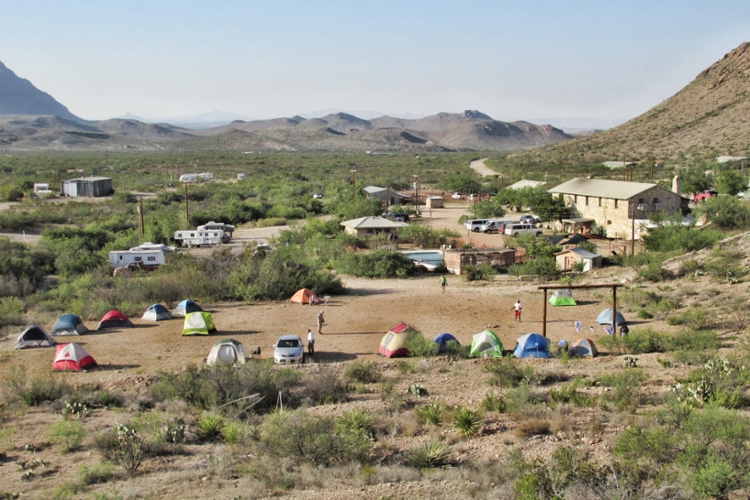
This year students produced a geophysical log of a well and correlated the geophysical well log to others in the vicinity. Paul Tybor, the manager of the Hill Country Underground Water Conservation District in Fredericksburg Texas, tested our students’ new skills in well log correlation with an excellent stratigraphic correlation problem in the Hye, Texas area. We also measured the discharge of the Pedernales River at three locations and evaluated the surface-water/groundwater interactions in one reach of the river.
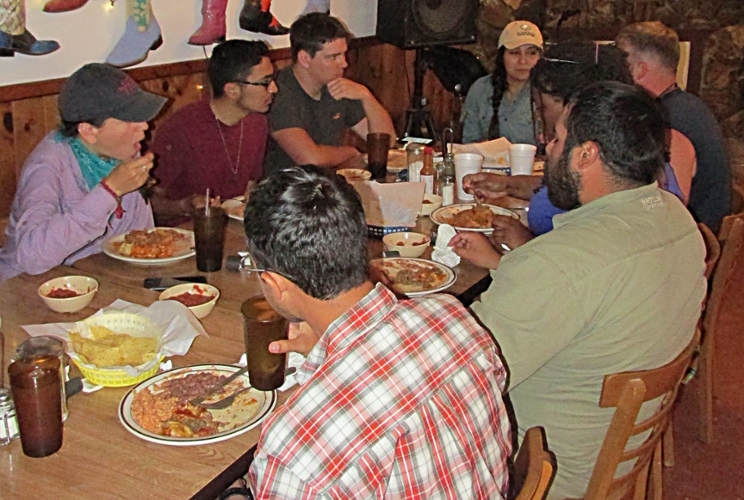
We also were able to see a local water well drilling company drill through the Edwards Formation. We have built in two major projects that are individual mapping projects that help us assess each student’s field skills and geologic knowledge. Student geologist are “shadowed” by our professional staff. In total, students spend at least 23 days in the field at our field camps.
